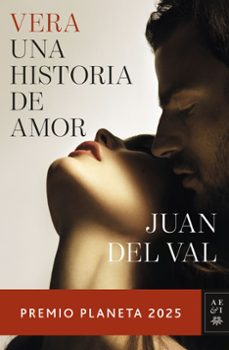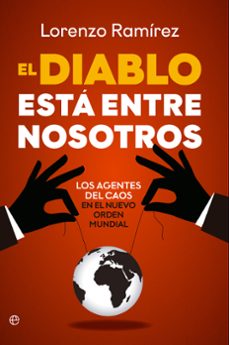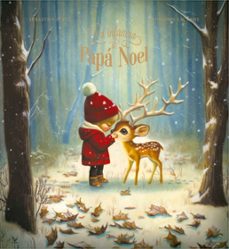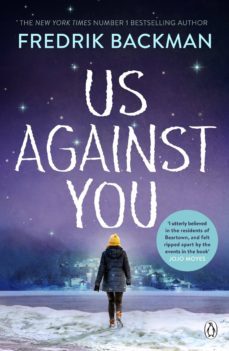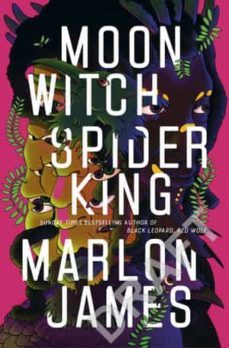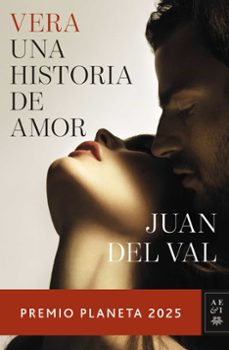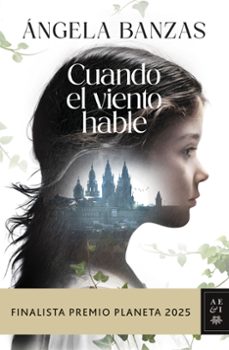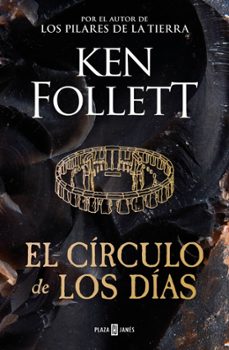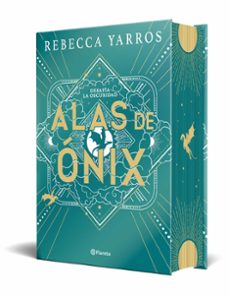📗 Libro en inglés LIES
ORION- 9780752882567
Sinopsis de LIES
What does it really mean to be dead? This is the question that vexes Isobel because as far as the outside world is concerned she is dead. The book springs from a case of mistaken identity. Isobel, mother of three adult children and an anthropologist has officially been pronounced dead following a boat accident in a remote part of the Guatemalan jungle. But Isobel is very much alive and is hiding in a remote shack in the jungle. She isn''t ready to tell the world she''s still alive and she''s not sure whether she ever will. The news of her own death is especially ironic because as an anthropologist, she studies death rituals. Serena, Isobel''s daughter, studies weather. Her father has some form of Alzheimer''s and with her mother now supposedly dead, she is trying to write the family history before it is lost. Above all, she is obsessed with the story of Simon, her father''s father who was in a shipwreck and survived three days at sea before being rescued. The story of his life has become a family legend together with the tales her father told about The Battle of Formigues and the story of Li Po. Ever since she was a child, Serena has been tantalised by these stories, always asking questions, turning the ''facts'' over in her mind, always trying to piece the ''truth'' together. Yet the irony is that she isn''t investigating the one story she really should.
Ficha técnica
Editorial: Orion
ISBN: 9780752882567
Idioma: Inglés
Número de páginas: 496
Tiempo de lectura:
10h 16m
Encuadernación: Tapa blanda
Fecha de lanzamiento: 17/11/2009
Año de edición: 2008
Plaza de edición: Uk
Alto: 20.0 cm
Ancho: 13.0 cm
Especificaciones del producto
Escrito por ENRIQUE DE HERIZ
Enrique de Hériz (Barcelona, 1964-2019) ha sido, sin duda, uno de los autores españoles más leídos y elogiados por crítica y público en los últimos años, elogios que culminaron en el Premi Llibreter en 2004 por su novela Mentira, con la que se consolidó definitivamente una carrera literaria iniciada diez años atrás. Hériz desarrolló también la labor de editor y compaginó la escritura con la traducción. Su buscada ausencia de prisa y de concesiones hacía que cada novela no sólo se caracterizara por una elaboración muy cuidada y reflexionada, sino por un largo período de investigación y preparación previas. Para Manual de la oscuridad, por ejemplo, tomó un curso elemental de magia en una de las tiendas del gremio más antiguas de España, El Rey de la Magia (Barcelona), y tuvo intensas sesiones con una instructora de ciegos de la ONCE, una experimentación detallista que no se volcó en forma de novela documental, pero que el autor consideraba indispensable para reinventar la realidad novelísticamente. También publicó la edición revisada de una de sus primeras novelas, Historia del desorden y más tarde acometió la gran labor de traducir por primera vez la edición íntegra y revisada del clásico Robinson Crusoe y Nuevas aventuras de Robinson Crusoe de Daniel Defoe. En marzo de 2019, con 55 años, falleció a causa de un cáncer.
Descubre más sobre ENRIQUE DE HERIZ Recibe novedades de ENRIQUE DE HERIZ directamente en tu email
Opiniones sobre LIES
¡Sólo por opinar entras en el sorteo mensual de tres tarjetas regalo valoradas en 20€*!

![harry potter y el cáliz de fuego (harry potter [ediciones ilustra das interactivas] 4)-j.k. rowling-9788419868497](https://imagessl7.casadellibro.com/a/l/s5/97/9788419868497.webp)


